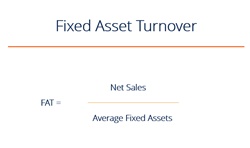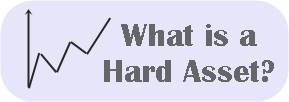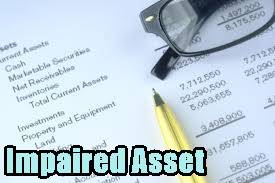
Table of Contents
What is a Fixed Asset?
Fixed assets are long-term tangible assets that businesses rely on to generate revenue. They have a functional life of more than a year and give long-term financial advantages.

Fixed assets, often known as Capital assets, are listed in the balance statement under the heading Property, Plant, and Equipment. Fixed assets are difficult to exchange for cash.
List of Fixed Assets
- Land
- Building and facilities
- Machinery
- Furniture
- Vehicles (company cars, trucks, forklifts, and other vehicles)
- Computer equipment
- Tools
The list above are a few examples of fixed assets; however, they are not necessarily applicable to all businesses. In other words, what one firm considers a fixed asset may not be deemed a fixed asset by another. A delivery firm, for example, would categorise its cars as fixed assets. A car manufacturer, on the other hand, would categorise identical automobiles as inventory.
Note: When categorising fixed assets, take into account the nature of a company's operation.
Talk to our investment specialist
Features of Fixed Assets
The following are the essential features of a fixed asset:
- Fixed assets are often referred to as non-current assets with a useful life of more than one year.
- The company's fixed assets are utilised to create goods and services and earn Income. They aren't sold to customers or kept as an investment.
- These are non-current assets that cannot be quickly turned into cash on a company's Balance Sheet.
- Fixed assets, except land, are depreciated to reflect the wear and tear of their use.
Types of Fixed Assets
Tangible Assets
It is one that exists in the physical world and can be touched. Land, machines, and buildings are examples of tangible assets.
Intangible Assets
It is one that does not exist in the physical world, which can only be felt, not touched. Intangible assets include things like brand awareness, intellectual property, and goodwill, as well as copyrights, trademarks, and patents.
Fixed Assets Formula
All accumulated Depreciation and losses are subtracted from the total purchase price and improvement cost of all fixed assets recorded on the balance sheet to arrive at the net fixed asset calculation.
Net fixed assets = Total fixed assets - Accumulated depreciation
Impact of Fixed Assets on Financial Statements
Fixed assets impact a company's financial statements like balance sheets, cash flow statements and so on. Let’s look at how it affects the statements.
Balance Sheet
When a company buys a fixed asset, the cost incurred is recorded as an asset on the balance sheet rather than being expensed on the income statement. Fixed assets are first capitalised on the balance sheet and then gradually depreciated throughout their useful life due to their nature of being employed in the company's activities to produce income. On a company's balance sheet, a fixed asset appears as property, plant, and equipment.
Cash Flow Statement
When a business buys or sells a fixed asset with cash, it shows up in the Cash Flow Statement's activities column. Fixed asset purchases are classified as Capital Expenditures, whereas fixed asset sales are classified as proceeds from the sale of property and equipment.
Income Statement
All fixed assets except for land are depreciated. This is to account for the wear and tear incurred as a result of the fixed asset's use in the company's activities. Depreciation decreases the company's net income and appears on the income statement.
All efforts have been made to ensure the information provided here is accurate. However, no guarantees are made regarding correctness of data. Please verify with scheme information document before making any investment.












